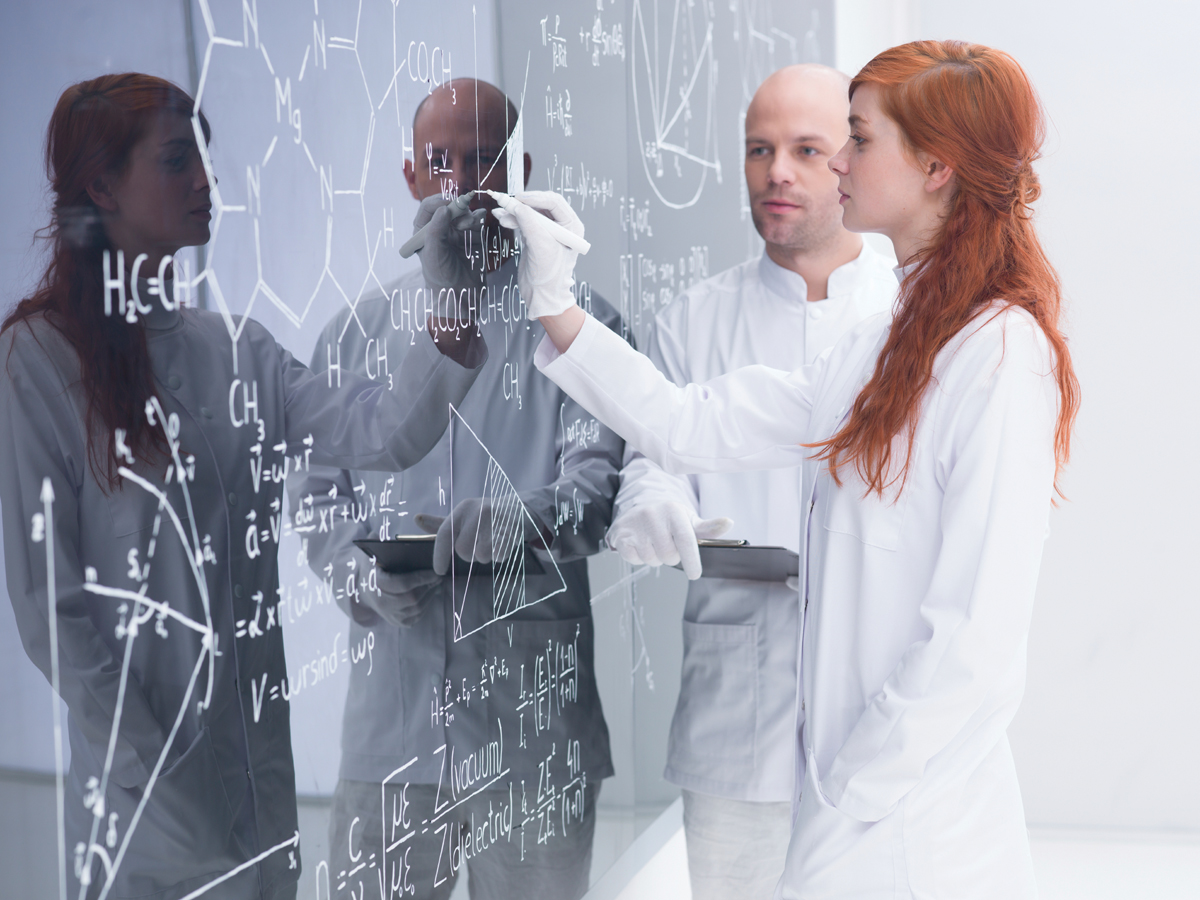The Local newsletter is your free, daily guide to life in Colorado. For locals, by locals.
Big things are happening in the University of Colorado’s bioengineering program. Whether it’s perfecting new designs for an artificial heart, building a tube to better support weak blood vessels during surgery, or creating a novel hernia patch that allows surgeons to operate laparoscopically instead of via an open procedure, CU bioengineers—both faculty and students—are pushing the boundaries of the field. That’s why, in a move to catapult the already-excelling program to the forefront of bioscience advancement, CU is unveiling a new building on the Anschutz Medical Campus to house the bioengineering program, which is the only one of its kind in the state.
Set to open in August and similar to a program pioneered by Stanford University, the 112,000-square-foot Bioscience 2 building will combine education and real-world business opportunities. The first floor will host the academic program for CU undergraduates, while the third and fourth floors will provide space for faculty and graduate students to develop and test new inventions in collaboration with startup and established bioscience companies. Hallmarks of the new building will include collaborative spaces and tools such as a surgical forensics room, a real-time assistive technology lab, and 3-D printers to help students not only observe, but also interact with, problems and potential solutions. “Bioscience 2 will be an incubator,” says Robin Shandas, professor and founding chair of CU’s bioengineering department. “We want our students to have a real sense of what it takes to bring their ideas to market.”









